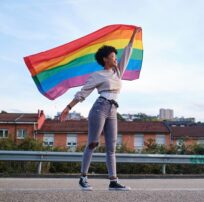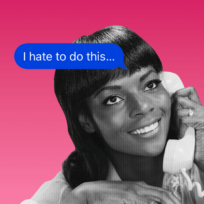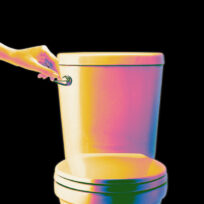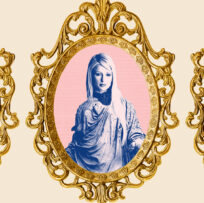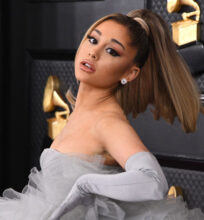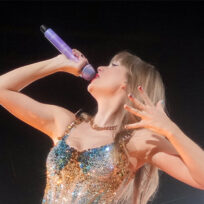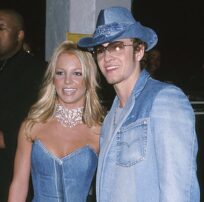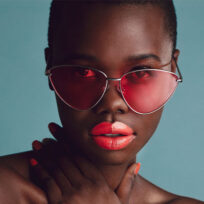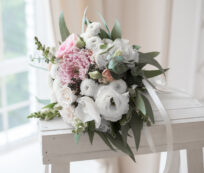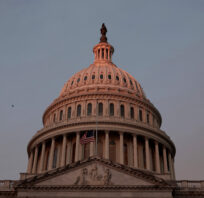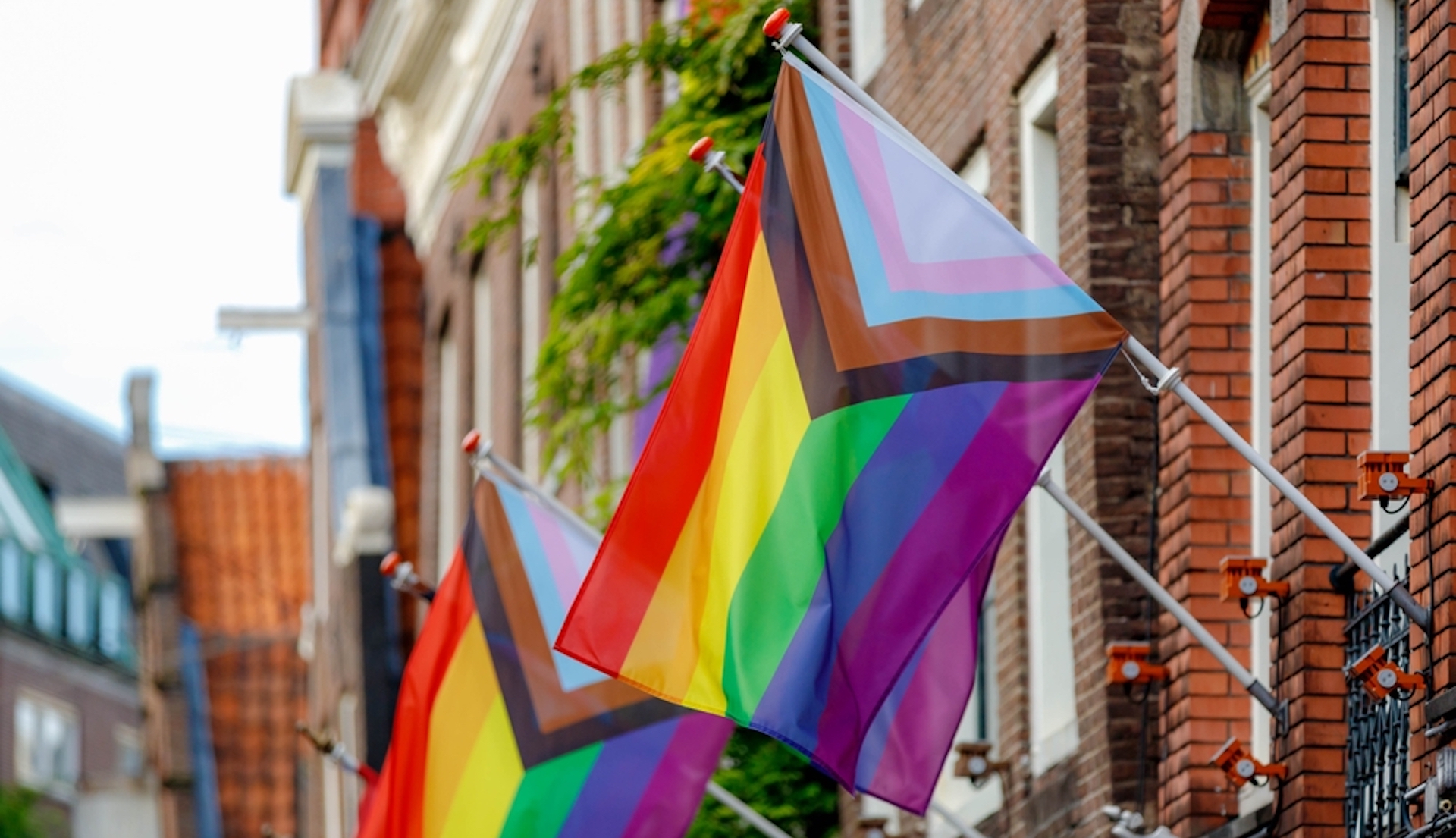I was drooling over The Mummy — yes, the 1999 treasure that’s practically archaeological now — the first time I suspected my own bisexuality. There I was, equally dazzled by Brendan Fraser and Rachel Weisz, not yet clued into the whole “liking boys and girls” thing. Fast forward 25 years, and not only has the film become an obvious and rightful cult classic, but our understanding of sexual orientation has seriously evolved.
Bisexuality and pansexuality are part of today’s broader sexual spectrum, but even with new terms, confusion still reigns. “A bisexual person is someone who finds their own and at least one other gender sexually appealing,” FOLX Health clinician Michelle Forcier, MD, tells Betches. On the flip side, “A pansexual person might be attracted to someone regardless of gender.” It’s all about different strokes for different folks. Literally.
Both identities are proud banners in the LGBTQ+ parade, but there are subtle yet critical distinctions between them. Whether you’re labeling yourself or just expanding your horizons (love that for you), here’s what you need to know about the ins and outs of being pan versus bi — no matter who you’re getting it on with.
Bisexual Vs Pansexual: What’s The Difference?
What Does it Mean to Be Bisexual?
Once upon a time, the myth was that being bisexual meant you were just into guys and gals. But nope! Wrong! That’s actually a pretty narrow perspective. “Bisexual describes a spectrum of experiences where people are attracted to two or more genders,” explains Zoe Stoller, a genderfluid social worker, creator, and LGBTQ+ educator. “Bisexuality encompasses attraction to both transgender and cisgender individuals, and can also include those whose gender identity goes beyond the traditional binary of man and woman.”
For instance, one bisexual person might find themselves drawn to both non-binary and cisgender folks, while another could be all about cis and trans men. Yet another might vibe with agender, transgender, and genderqueer people. Plus, you might experience different levels of attraction to different genders — all totally valid!
The TL;DR? Bisexual people can be attracted to any combination of genders, and despite the “bi” prefix, they’re not limited to just two. Stoller clarifies that the “bi” in bisexual simply means you’re attracted to your own and at least one other gender; it’s about the plurality, not the pair.
What Does it Mean to Be Pansexual?
Yes, pansexuality also means you’re attracted to more than just one gender. The diff? For someone who’s pansexual, the attraction typically spans any and all genders, usually without a fixed preference. “Often, pansexual people base their attraction on people’s personalities and who they are at their core, rather than on their gender identity or presentation,” explains Stoller.
But let’s get one thing straight — being pansexual isn’t about being better or ~more enlightened~ than anyone else. It’s just another label that zeroes in on how some folks experience attraction. “Bisexuality and pansexuality are both valid and wonderful identities,” Stoller emphasizes. Neither is superior or “more correct” than the other.
So… What’s the Actual Difference?
Again, the two identities are very similar because they both fall under the multisexual spectrum (AKA: where people have the capacity to be attracted to more than one gender). “The main difference is that pansexual people typically have the capacity to be attracted to any and all genders, while bisexual people may only be attracted to certain genders and feel attraction differently for the different genders they are attracted to (though bisexual people can certainly be attracted to people of any gender!),” Stoller explains.
So, while pansexuality kinda throws gender out the window, bisexuality might still flirt with gender vibes. But hey, at the end of the day, you do you. The best label is the one that feels right to the individual using it — regardless of how others might view or choose their own labels. It’s called R-E-S-P-E-C-T, people. Look it up!
How Do You Know Which One You Are?
If you’re puzzling over which label to slap on your dating profile — or whether to bother with one at all — chill. It’s your call on how to define yourself (or not).
“The reason these two terms exist is that it gives people more options to find a word that resonates with their experiences, which can help them feel validated and seen,” says Stoller. “People who connect with the label pansexual might not connect with the label bisexual, and vice versa (and some people might connect with both labels!). In the end, you are the only one who gets to decide which label(s) you use (if you use any labels at all)—and you can also use multiple labels if that feels right to you.”
If you’re looking to do a lil more research on your own, here are a few of Stoller’s fave resources to get you started (also, 10/10 recommend following their Instagram, as it’s chock full of educational guides and pride ideas!):
- Bi.org: Your home for all things bisexuality.
- PFLAG: A famous resource for LGBTQ+ education, pride, and community.
- Bi Resource Center: Resources, support, and celebration—you can find it all here.
- Bi Pan Library: A research library + community space archiving bi/pan/m-spec history.
- The Trevor Project: The leading suicide prevention org for LGBTQ+ young people.
TBH, what matters most is that we respect and use the label of whoever is assigning it to themselves. And honestly? Choosing a label (or labels) doesn’t have to be a forever thing. It’s not like you’re stuck with it if it doesn’t feel right down the line. It’s not bangs or anything.
“Sexuality, like gender and other aspects of identity, is diverse and can be so unique to each individual,” Dr. Forcier says. “Sexuality can evolve and change over time, and that’s valid, too!” Use what feels right, change it if it doesn’t, and give yourself lots of grace as you discover who you are, every damn step of the way.
“Bisexual and pansexual are both valid LGBTQ+ identities, and while they are very, very similar, they do have slight nuances that make them distinct identities,” Stoller says. “Even if you don’t fully understand or remember these distinctions, trust that they are valid and co-exist — and, most importantly, trust people when they share that they are bisexual or pansexual.”



